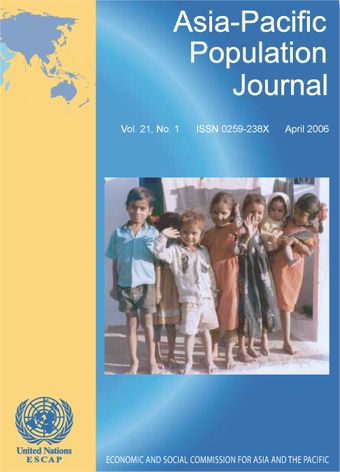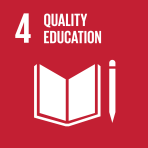-
Readiness, willingness and ability to use contraception in Bangladesh
- Source: Asia-Pacific Population Journal, Volume 21, Issue 1, Jan 2007, p. 45 - 64
-
- 12 Jan 2007
Abstract
In his frequently quoted article, Coale (1973) proposes that one weakness of the demographic transition theory is that it indicates a high degree of modernization as sufficient to cause a fall of fertility, without indicating the degree of modernization that is necessary. By summarizing the findings of historical studies of European communities, Coale proposed three broad conditions necessary for fertility transition. He argued that modernization ultimately establishes these conditions, but that they can also occur in communities that have undergone little modernization. Lesthaeghe and Vanderhoeft (1998) later described the three conditions for fertility transition under the heading “readiness”, “willingness” and “ability”. Economic readiness means that fertility control must be advantageous to the actor so that fertility is within the calculus of conscious choice. Willingness means that fertility control must be legitimate and normatively acceptable. The basic question addressed by “willingness” is to what extent fertility control runs counter to established traditional beliefs and codes of conduct, and to what extent there is a willingness to overcome objections and fears. Ability refers to the availability and accessibility of contraceptive techniques. Similarly, Ahmed (1987: 363), applying Easterlin’s supply-demand theory of fertility observes that “studies on contraceptive use most often view three variables-motivation, attitude, and access-as the key determinants”. Motivation stems from having or expecting to have too many children or having them too soon. Although this has similarity with Coale’s notion of “economic readiness”, it does not necessarily capture whether fertility control is economically advantageous to an individual. In this paper the authors name Easterlin’s notion of motivation as simply “readiness” to distinguish it from Coale’s broader notion of “economic readiness”. Attitude refers to broad notions of acceptability of family planning in general and feelings about specific contraceptive methods in particular and is similar to Coale’s notion of willingness. Access or the “costs of fertility regulation”, as described by Easterlin (1975) pertains to the availability of contraceptives and selected services and is similar to Coale’s notion of ability.





